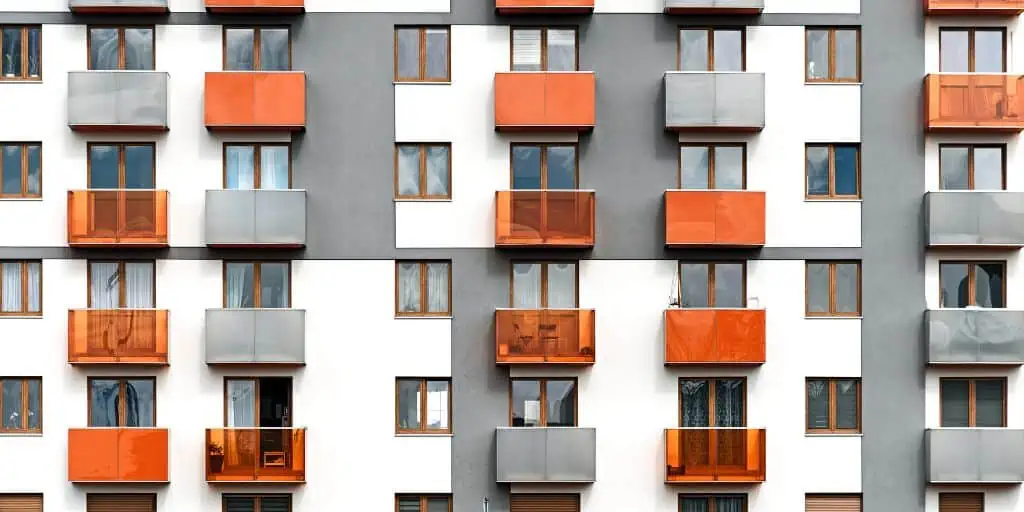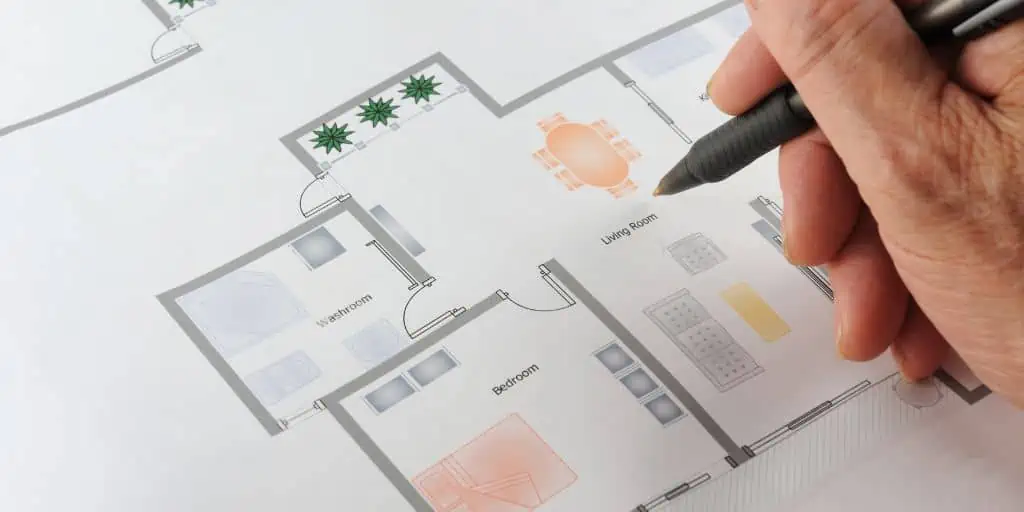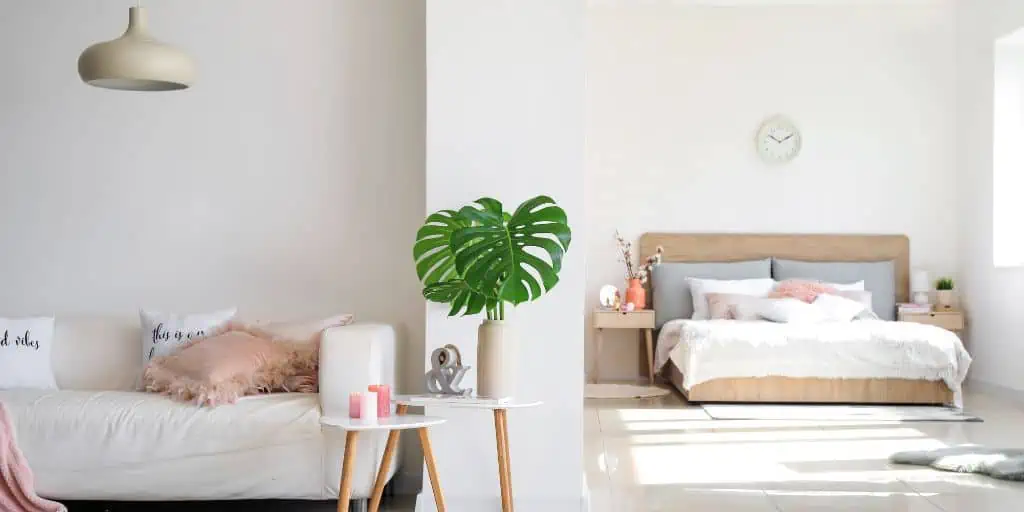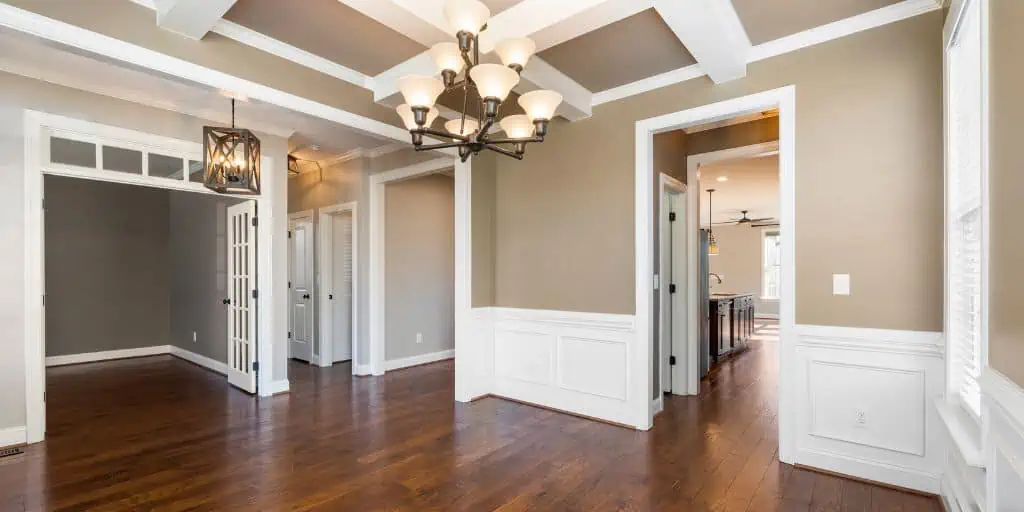What Is Unit Mix?
Is There an Ideal Unit Mix?
The ideal unit mix depends on the residential property. For example, a small multifamily property with only 10 units can sustain a 1:1 unit mix ratio, meaning there are the same number of two- and three-bedroom units as one-bedroom units[2].
For a larger building in a more populated area, a 2:1 ratio in favor of multiple bedrooms might be the optimal unit mix since family-sized units can occupy larger families as well as lower-income renters in search of roommates.
Determining the right unit mix ensures that the rental property attracts tenants, thus maximizing the rental property’s revenue[1]. Rental property builders and apartment developers typically research the market before building any rental property so they can offer the best unit mix for that location.
The term “unit mix” may also refer to the variety of unit types and sizes in a commercial setting, such as in a shopping mall. In typical usage, however, it describes the ratio of unit types in residential property.
What Factors Affect Unit Mix?
There is no one-size-fits-all approach when it comes to getting the right unit mix, but developers usually look at some of these things when looking for the ideal unit spread in an apartment complex.
Location
More tenants want to rent in areas with easy access to transportation, schools, hospitals, offices, and other conveniences. Knowing this, multifamily investors and developers look at the age distribution and average household size in an area to see if a rental property makes sense.
In suburban areas where families live, one can find many 2- to 3-bedroom apartments. Studio units, meanwhile, are popular in high-rent urban locales[3]. Urban areas with universities can also support student housing, which calls for a different unit mix than standard apartment properties.
Demand
Real estate developers study the market’s housing demand to find out the ideal unit mix. Generally, these customers gravitate toward the following:
- Families and larger households usually prefer apartments with two or more bedrooms.
- Students (in university areas) require communal floor plans and bigger bedrooms that can accommodate 3-4 people.
- Seniors typically downsize, so a one-bedroom unit is sensible[4].
- Young professionals and singles demand single bedrooms, studio apartments, and lofts, or even two-bedroom units for those who want to share spaces with other singles[5].
Development Size
Large apartments tend to have one-bedroom apartments as the primary unit type. One-bedroom units cover around 50% of large multifamily properties with 50 units or more, even as two-bedroom units have become increasingly popular[6].
Smaller apartments, meanwhile, will have more two- and three-bedroom units. This development size is preferred by renting families who require more bedrooms. A modest complex cannot afford to have too many small units, as they run the risk of not generating enough revenue even when all units are occupied.
BY THE NUMBERS: There are nearly 22 million apartment units in the U.S.
Apartment Sizes in a Unit Mix
Here are the most common apartment sizes in a unit mix:
Studio
A studio apartment combines the living room, bedroom, and kitchen into one room. It typically has a separate bathroom[7].
This is the most popular type of apartment in larger cities. The sizes of studio apartments vary but these are typically around 300 to 600 square feet.
The studio apartment is best for those who prefer to live on a budget or are first-time tenants. Studio units can also double as an office or professional studio (such as for art or photography) for one or two professionals. This type may also work for married couples who do not need much space.
Efficiency
An efficiency apartment is similar to a studio apartment but smaller. As the name implies, an efficiency apartment is built around a more efficient use of space.
Like a studio, it has the cooking area, living area, sleeping area, and a separate bathroom all in one large room. Such small units typically feature a kitchenette rather than a full kitchen.
Efficiency apartments are one of the most affordable unit types in the apartment sector and are best for individuals with little to no large furniture[8].
1-Bedroom
One-bedroom units typically have one master bedroom and a living space consisting of the kitchen, dining, and living room all in one. Like the studio, it has a separate bathroom. Most one-bedroom units range in size from 550 to 1,000 square feet.
This type is popular among students, young professionals, and couples who are not planning to have children anytime soon. This type is best for renters who like to keep their bedroom separate from the kitchen and living room.
With more units to lease, one-bedroom units have the potential to generate more rental revenue than larger units[9]. That said, if larger families tend to rent more in the area, fewer bedrooms could be detrimental.
2-Bedroom
The two-bedroom unit is the most common choice for the modern apartment developer. It is generally larger than a one-bedroom, typically starting at 1,000 square feet and up, but some one-bedrooms can be converted into a two-bedroom unit.
The extra room can be used for many things, such as a room for one child (in a three-person family), a home office, or even as a spare bedroom for guests. Some two-bedrooms appeal to higher-income residents who simply want more space.
Most investors like to work with this type of apartment because they are easy to rent (either as a stand-alone unit or per bedroom). Tenants also love two-bedroom units because it gives them the choice to move up or down a size without having to leave the rental property[10].
3- to 4-Bedroom (or More)
Three- to four-bedroom units (or more) are less common in apartment complexes since this number of bedrooms can usually be found in single-family homes. In any case, the size of a three- to four-bedroom apartment is about 1,200 to 1,540 square feet, going up as the number of bedrooms increases.
These types are ideal for a bigger family. These apartments usually have larger spaces, including the kitchen, dining, and living. Developers and rental property investors who own a three- to four-bedroom unit may earn higher income from it, since the more bedrooms, the higher the rent[11].
BY THE NUMBERS: 40% of apartments in the U.S. are 2-bedroom units.
Takeaways
- Unit mix refers to the variety of unit types and sizes within a multi-unit residential or commercial building.
- The ideal unit mix depends on numerous factors, including apartment size, location, and target demographic.
- The right unit mix can affect the overall revenue, performance, and value of a property.
Sources
- Barbaro, G. (n.d.) “Unit Mix” For Multifamily Investors. Jake & Gino. Retrieved from https://jakeandgino.com/unit-mix-rule-of-thumb-for-multifamily-investors/
- The Apartment Dealer. (n.d.) What Is Unit Mix & Rent Roll. Retrieved from https://theapartmentdealer.com/5-minute-multi-family/how-to-examine-a-propertys-rent-roll-bedroom-composition-and-rental-contracts/
- Property Management, Inc. (2018.) The Differences Between City, Suburban, and Rural Living. Retrieved from https://www.rentpmi.com/blog/2018/02/02/the-differences-between-city-suburban-and-rural-living/
- Disrupt Equity. (2021.) What Is the Right “Unit Mix” in Multifamily Real Estate? Retrieved from https://www.disruptequity.com/what-is-the-right-unit-mix-in-multifamily-real-estate/
- Doyle, D. (2021.) How to Cater to Millennials’ Evolving Needs. Multi-Housing News. Retrieved from https://www.multihousingnews.com/catering-to-the-millennial-renters-every-need/
- Chandan Economics. (2018.) Apartment Inventory Reveals Decades-Long Shift Toward Larger Unit Sizes. Retrieved from https://arbor.com/blog/apartment-inventory-larger-unit-sizes/
- Ramamirtham, A. (2021.) Studio apartment meaning explained: Know everything about it. Housing.com. Retrieved from https://housing.com/news/what-is-a-studio-apartment/
- Apartment Guide. (2019.) What is an Efficiency Apartment? Retrieved from https://www.apartmentguide.com/blog/what-is-an-efficiency-apartment/
- Walter, A. et al. (2022.) Studio vs. 1 Bedroom Apartments – What’s the Difference? Apartment List. Retrieved from https://www.apartmentlist.com/renter-life/studio-vs-one-bedroom-apartment
- Yankee Capital Partners. (2020.) Apartment Investing 101. Retrieved from https://yankee-capital.com/apartment-investing-101/
- Room Sketcher. (n.d.) 4 Bedroom Apartment Plan Examples. Retrieved from https://www.roomsketcher.com/floor-plan-gallery/apartment/4-bedroom-apartment-plans/









